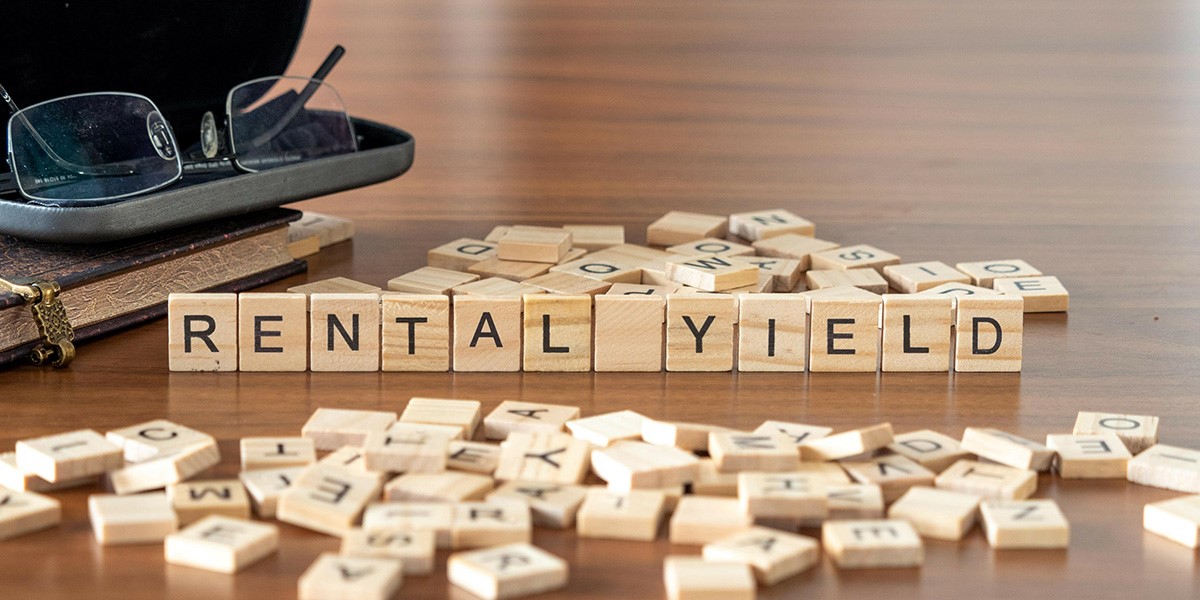What is rental yield?

Landlords use rental yield as a way of measuring the value to them of the property they are letting out. It is different to profit because it compares the rental income received with the money invested by the landlord in the property.
Rental yield definition
Rental yield, or buy to let rental yield, is the annual return landlords achieve from letting a property. It is a percentage figure, calculated by dividing the annual rental income by the total property investment a landlord has made.
Why is rental yield so important?
Rental yield is important for landlords because it indicates how much money they can make from a property, and whether that amount meets the objective they have for letting a property. That could be providing the funds to buy another property and increase their portfolio; or it could just be the amount needed to cover their costs and allow enough to properly maintain the property.
Gross rental yield explained
Gross rental yield is the return calculated without taking into account any costs landlords incur. It is simply worked out through dividing the rental income collected by the landlord, by the purchase price of the property, and multiplying by 100 to finish with a percentage. Rental yields are normally expressed as gross rather than net.
Net rental yield
Net rental yield factors in landlord’s costs such as the following:
- Letting agent fees
- Mortgage payments
- Insurance premiums
- Maintenance and repairs
These costs are deducted from the annual rental income, so the net rental yield is always a lower figure than the gross rental yield.
What factors influence rental yield?
The most significant factors that dictate rental yield in an area are property prices, mortgage interest rates and the demand for rental property. Landlords should do their research and invest in up and coming areas, where growth is expected, or where rental prices are high in relation to purchase prices.
Rental yield can be increased simply by charging higher rents. However, it may not be reasonable or fair to the tenant to do this. A letting agent will be able to check if the rent that is being charged is at the right level. Rent review clauses in tenancy agreements give landlords the power to put rents up, but it should be done with caution and sensitively.
If a landlord is considering increasing rents they should justify it by making improvements to the condition of the property, perhaps by redecorating, installing new kitchen units or a modern bathroom suite. One of the best ways to maintain a good rental yield is by having long term tenants. Reducing the ‘churn’ of tenants lowers a landlord’s costs.
What is a typical rental yield in the UK?
Average rental yields in the UK are around 4-4.5%. Yields will vary from region to region and place to place. The North-West is considered a hotspot for rental yields, especially Liverpool and Manchester. London will have vastly contrasting average rental yields, with some boroughs with yields well over 5% and some below 3%.
What is a good rental yield?
A gross figure between 5%-6% is generally considered a good rental yield. Anything over 7% would be a very good rental yield.
Find out more about calculating rental yield
Read our articles on rental yield:
- For more tips on how to improve your rental yield
- Calculate your rental yield
Find out how much your property is worth
If you have a property to let, we can help with a range of property management services, advice and information about the lettings process. We also offer free valuation service, if you are considering letting out your property and want to know what your rental yield might be.